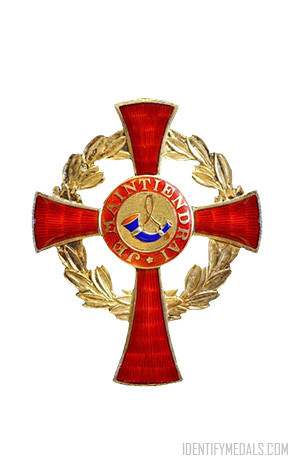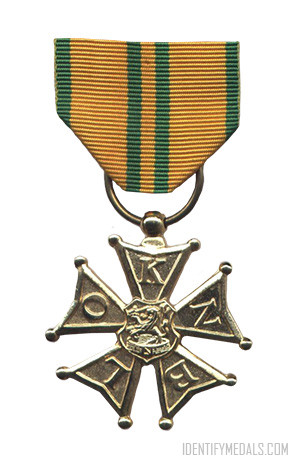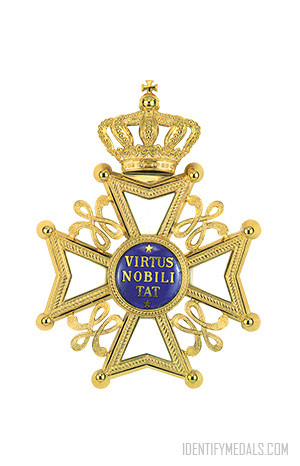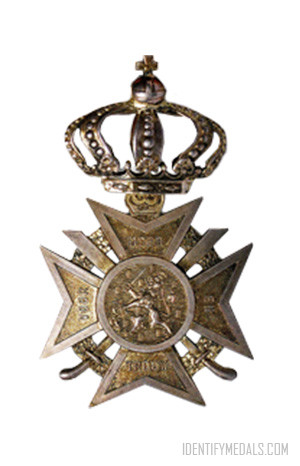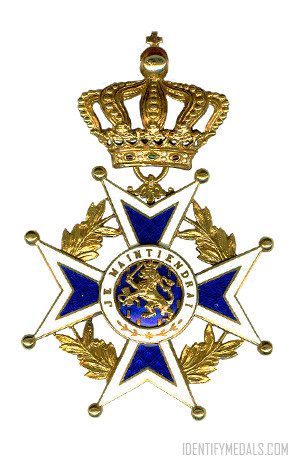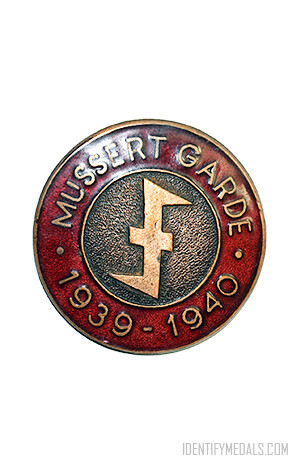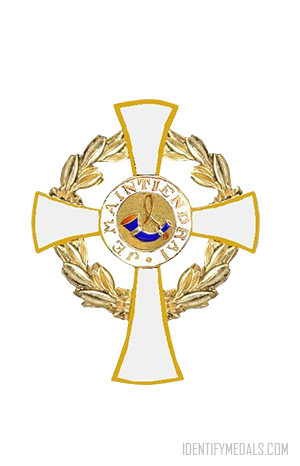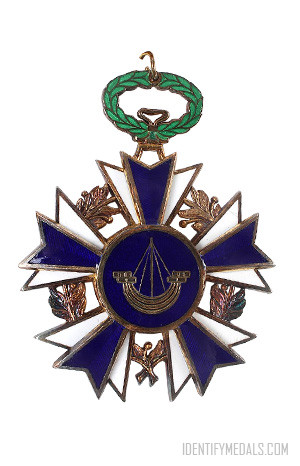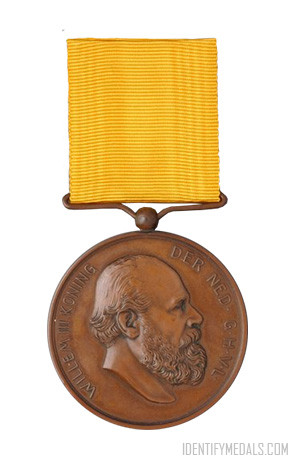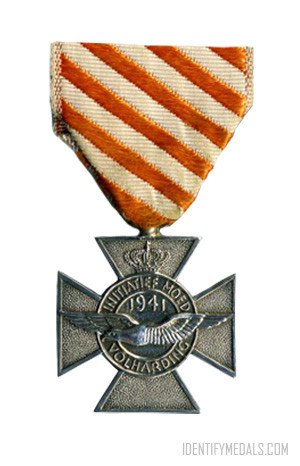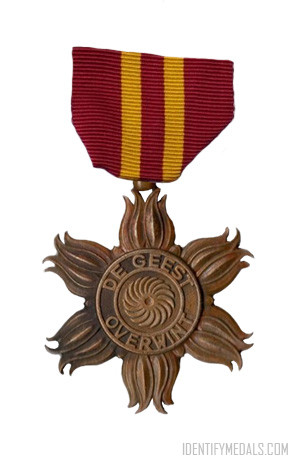- Time Period: Pre-WW1
- Institution: 19 March 1905
- Country: Netherlands
The Order of the House of Orange (or Huisorde van Oranje in Dutch) is a dynastic order of the House of Orange-Nassau, the royal family of the Netherlands. The order was instituted by Queen Wilhelmina of the Netherlands on 19 March 1905 and is not subject to ministerial responsibility or influence, but is awarded at the discretion of the Dutch monarch alone.
In 1905, Queen Wilhelmina felt the need for a House Order because the Order of the Oak Crown of the Grand Duchy of Luxembourg, used by her father and grandfather to reward Dutch subjects, was no longer available to her, as succession to the throne of Luxembourg was directed by the House treaty of the House of Nassau in a way comparable to the Salic Law within its constitution in 1890.
The Order of the House of Orange had a very complex nomenclature, with 18 different classes and medals.
More than 3200 decorations were conferred between 1905 and 1969, mostly to Court Dignitaries, the Queen’s household, and doctors and lawyers who could choose between sending a bill for their services or a decoration in the House Order.
Since the reorganization in 1969 the House Order itself has these grades:
- Grand Cross (Grootkruis) – badge may be worn on a sash on the right shoulder, plus an 8-pointed star on the left chest;
- Grand Honorary Cross (Groot erekruis) – wears the badge on a necklet;
- Honorary Cross (Erekruis) – wears the badge on a ribbon on the left chest.
The Order of the House of Orange Design
The insignia vary considerably amongst these awards; however they all share the same orange ribbon, symbolizing the House of Orange. The ribbon bar of the Order of the House of Orange was… well, orange.

